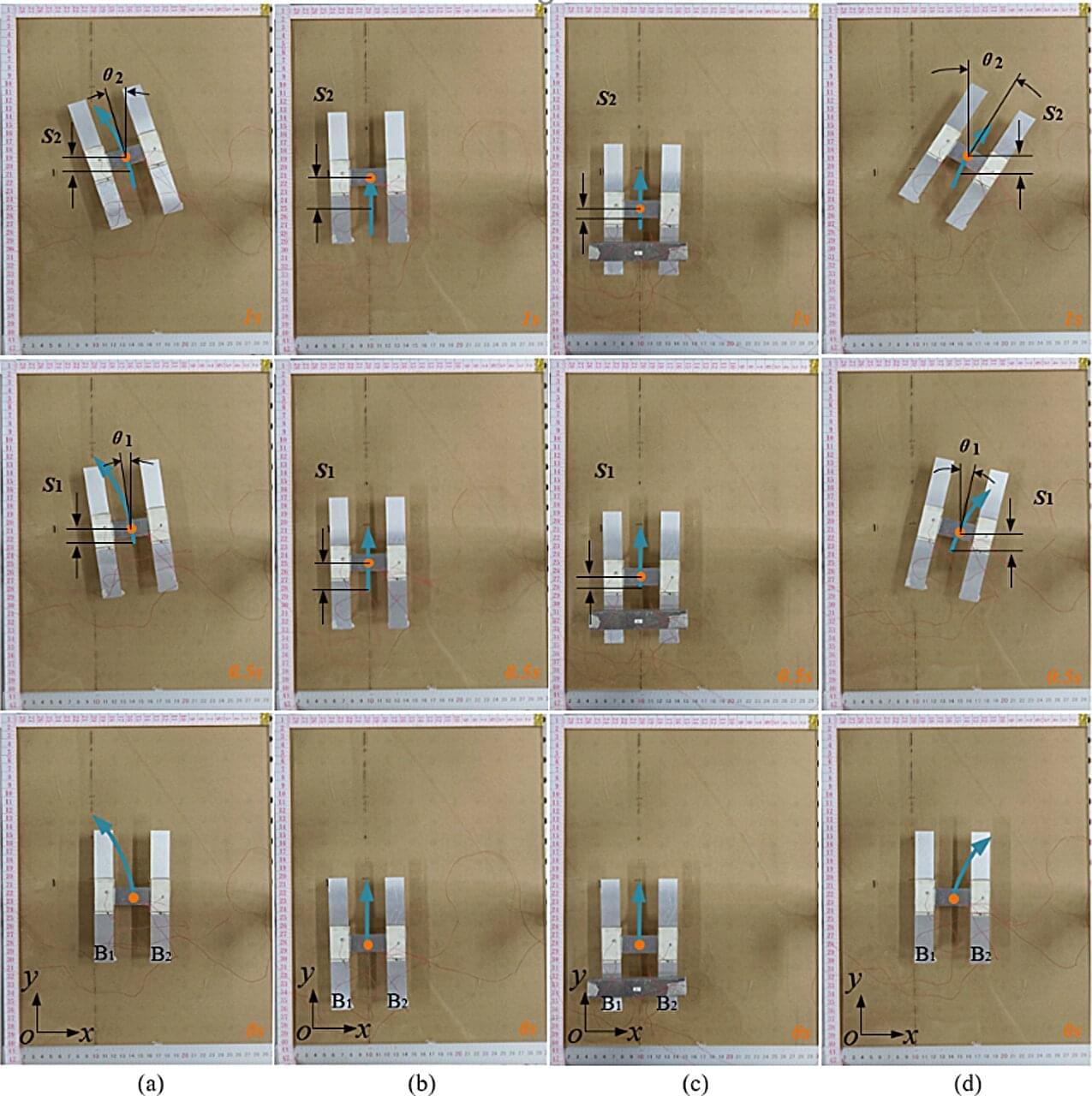In recent years, roboticists and computer scientists have developed a wide range of systems inspired by nature, particularly by humans and animals. By reproducing animal movements and behaviors, these robots could navigate real-world environments more effectively.
Researchers at Northeastern University in China recently developed a new H-shaped bionic robot that could replicate the movements that cheetahs make while running. This robot, introduced in a paper published in the Journal of Bionic Engineering, is based on piezoelectric materials, a class of materials that generate an electric charge when subjected to mechanical stress.
“The piezoelectric robot realizes linear motion, turning motion, and turning motion with different radii by the voltage differential driving method,” wrote Ying Li, Chaofeng Li and their colleagues in their paper. “A prototype with a weight of 38 g and dimensions of 150 × 80 × 31 mm3 was fabricated.”
